Encroaching vegetation made sure to wet our pants
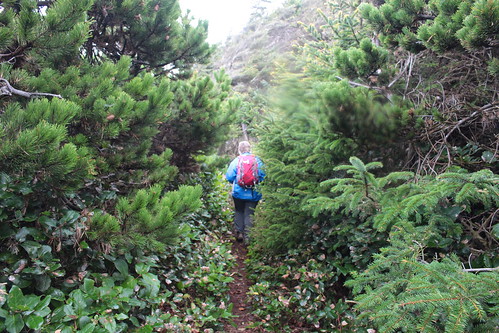


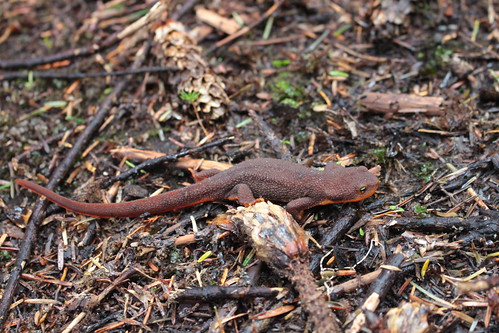




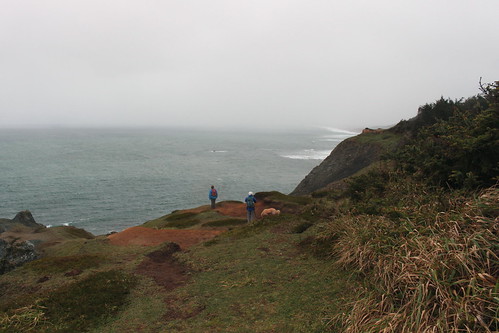
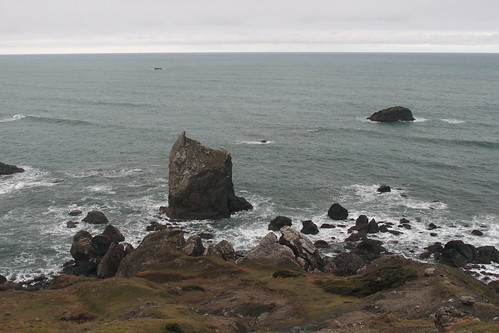
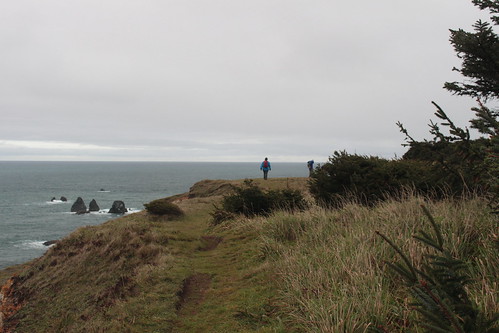



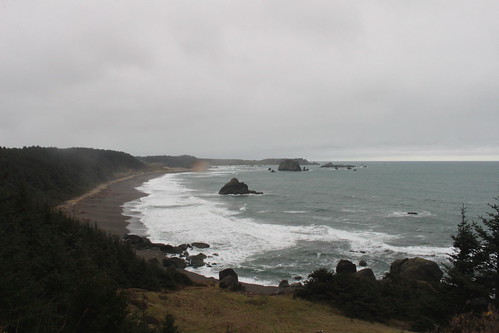
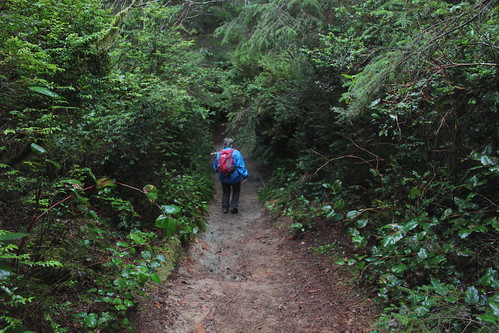

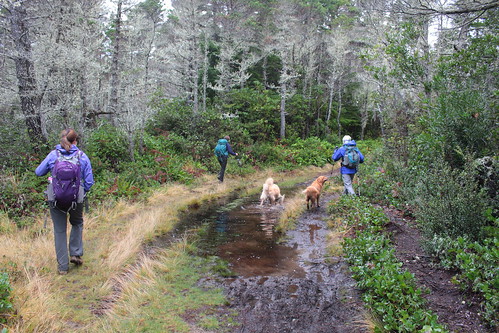

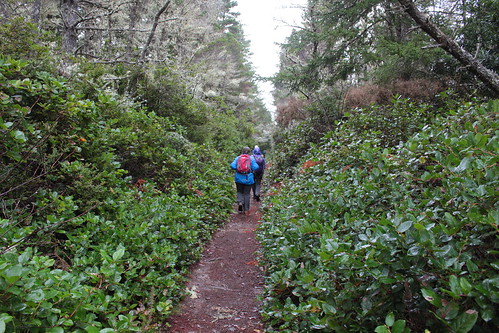
The first comprehensive look at Oregon’s wine industry in four years estimates it has grown to have an economic impact of $3.35 billion, counting direct and related sales, jobs, services and products.
The report by Full Glass Research describes an industry on a post-recession roll, with planted acres increasing by 18 percent since 2011, the number of wineries up 45 percent and a 39 percent increase in sales.
Oregon grape growers and wine makers have successfully focused on making higher-priced, higher-quality wine, especially the signature Pinot noir, “turning the state’s low yields and tricky climate into an asset,” according to the report.
“Oregon growers continue to achieve the highest average price per ton while Oregon wineries realize the highest average revenues per case,” according to the report.
Wine grapes aren’t even in Oregon’s top 10 most valuable crops. The National Agricultural Statistics Service list grapes 11th in 2013 at $107 million; Full Glass Research lists the crop value at $128 million. But the report details an industry that “punches above its weight,” as a publicist put it, and has economic ripples ranging from the production of oak barrels and steel tanks to money spent by tourists in tasting rooms.
Among the points of interest in the report:
• There are 17,000 “wine-related” jobs in Oregon and the industry produced 2.7 million nine-liter cases in 2013.
• Despite dramatic growth, small to medium size producers prevail in Oregon. The state’s three largest producers would rank 52nd, 53rd and 76th in California.
• Oregon consumes 36 percent of its own wine production and exports the rest. Among international export markets, Canada takes more than one-third. Japan is second, with Mexico, Hong Kong and Scandinavian countries emerging as the fastest growing markets.
• A Wine Opinions national consumer panel showed regular purchasing of Oregon wines among high end consumers increased from 22 percent in 2008 to 41 percent in 2013. The “romance and appeal” of wineries and “upscale demographics” of wine consumption assures that wine tourists spend more than other visitors.
• In 2013, Oregon wineries spent $11.5 million on corks and other bottle closures, $21.9 million on glass, at least $8.4 million on steel tanks and $5 million to $7 million on barrels. They also spent about $10.4 million for 37 million labels.
• Annual vineyard costs for cultivation, pruning, weed control and trellising range from $3,500 to $8,000 per acre.
• The average per acre cost of developing a vineyard is $20,625. That includes soil prep, layout, planting, trellising, vines, rootstock, irrigation and other costs, but not the purchase price.
• Change may be coming. From 2012-14, four of the top 20 largest wine companies in the U.S., including Kendall Jackson, and three companies from the famous Burgundy region of France, purchased or expanding holdings in Oregon.
Select the newsletter(s) to which you want to subscribe or unsubscribe.